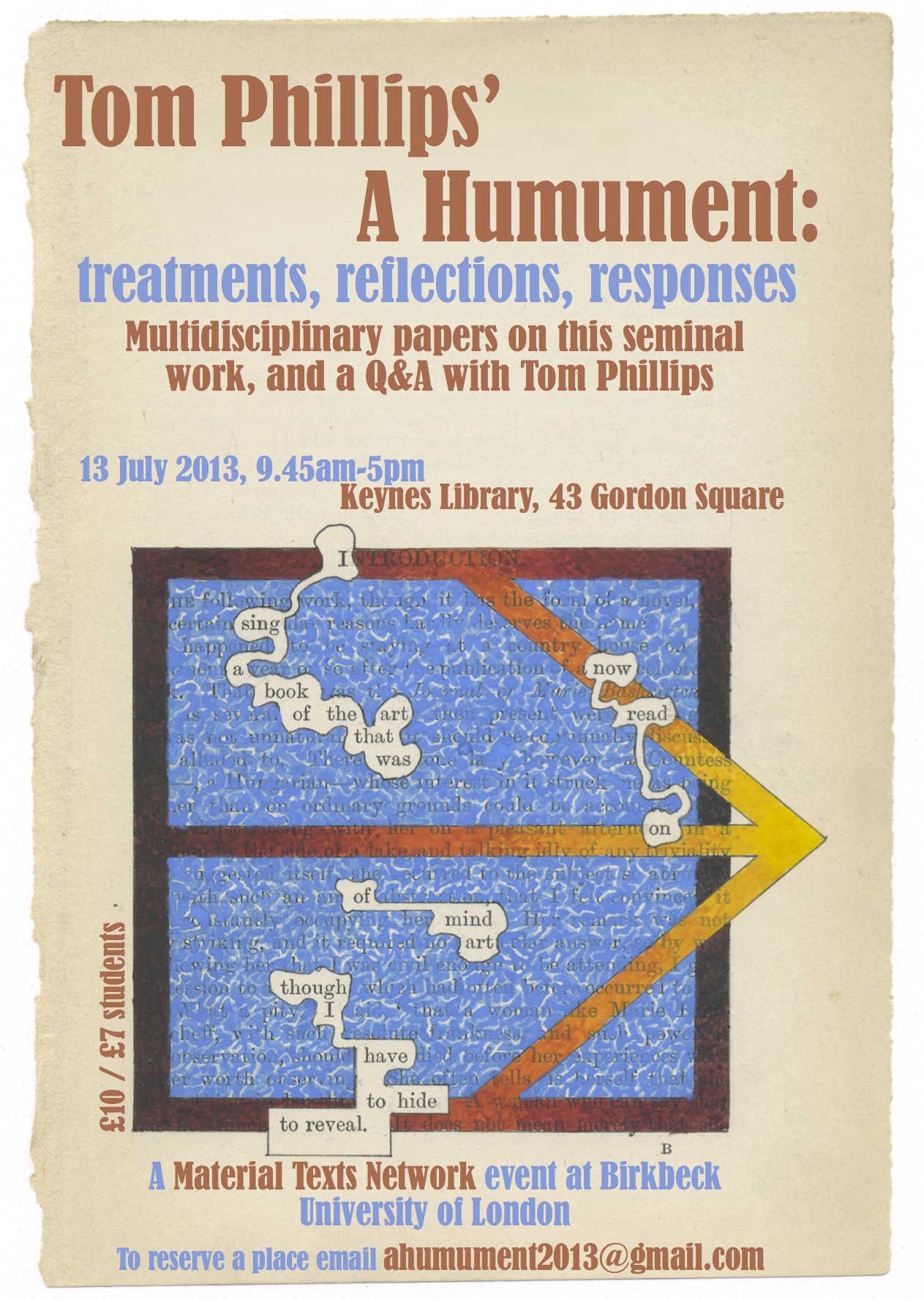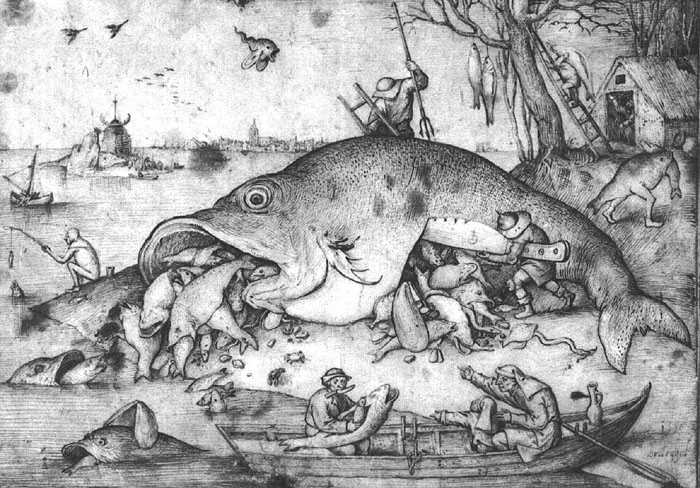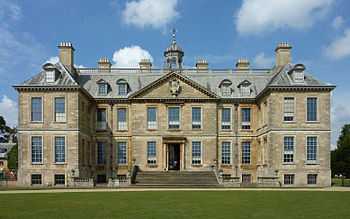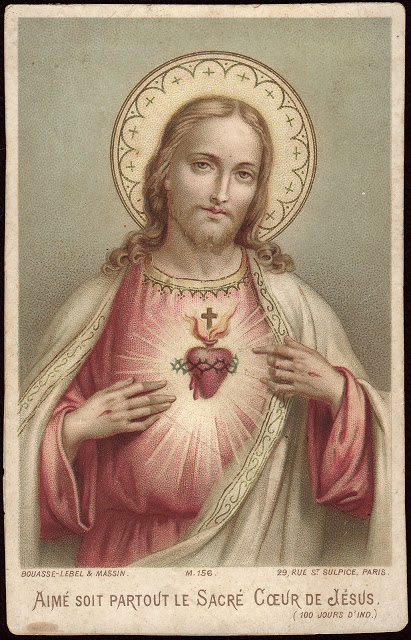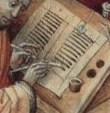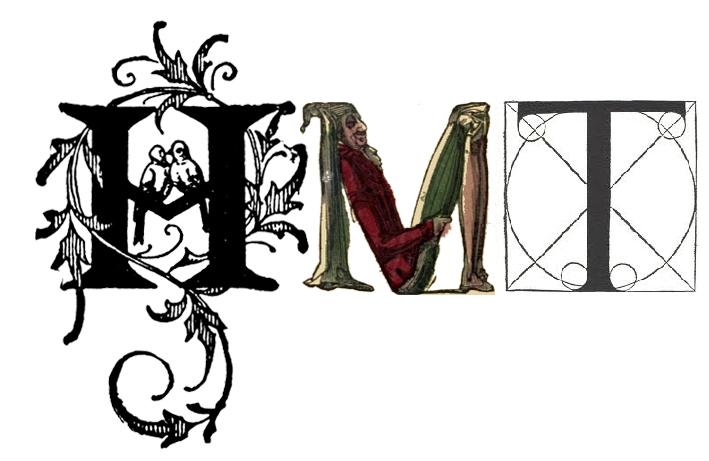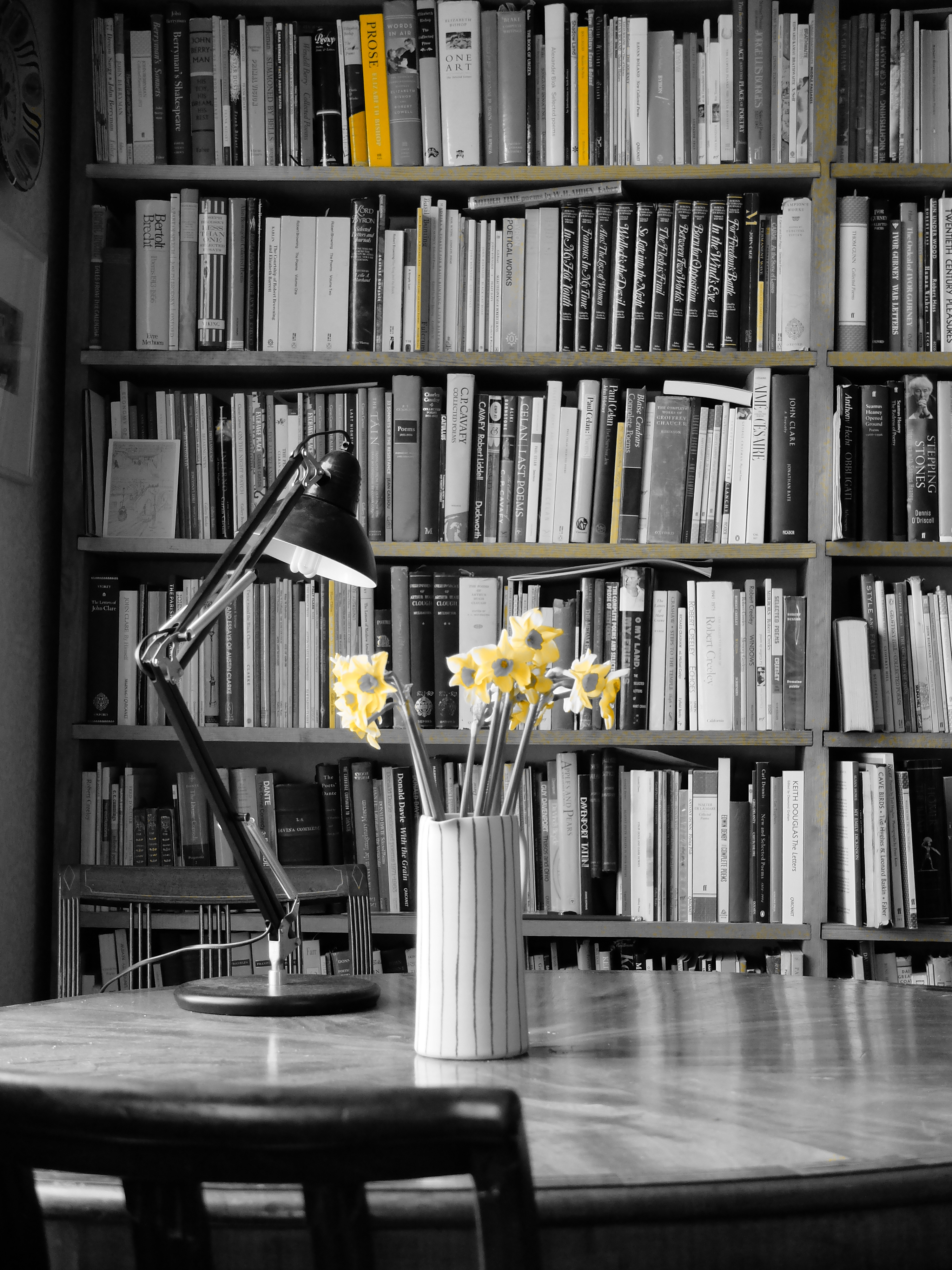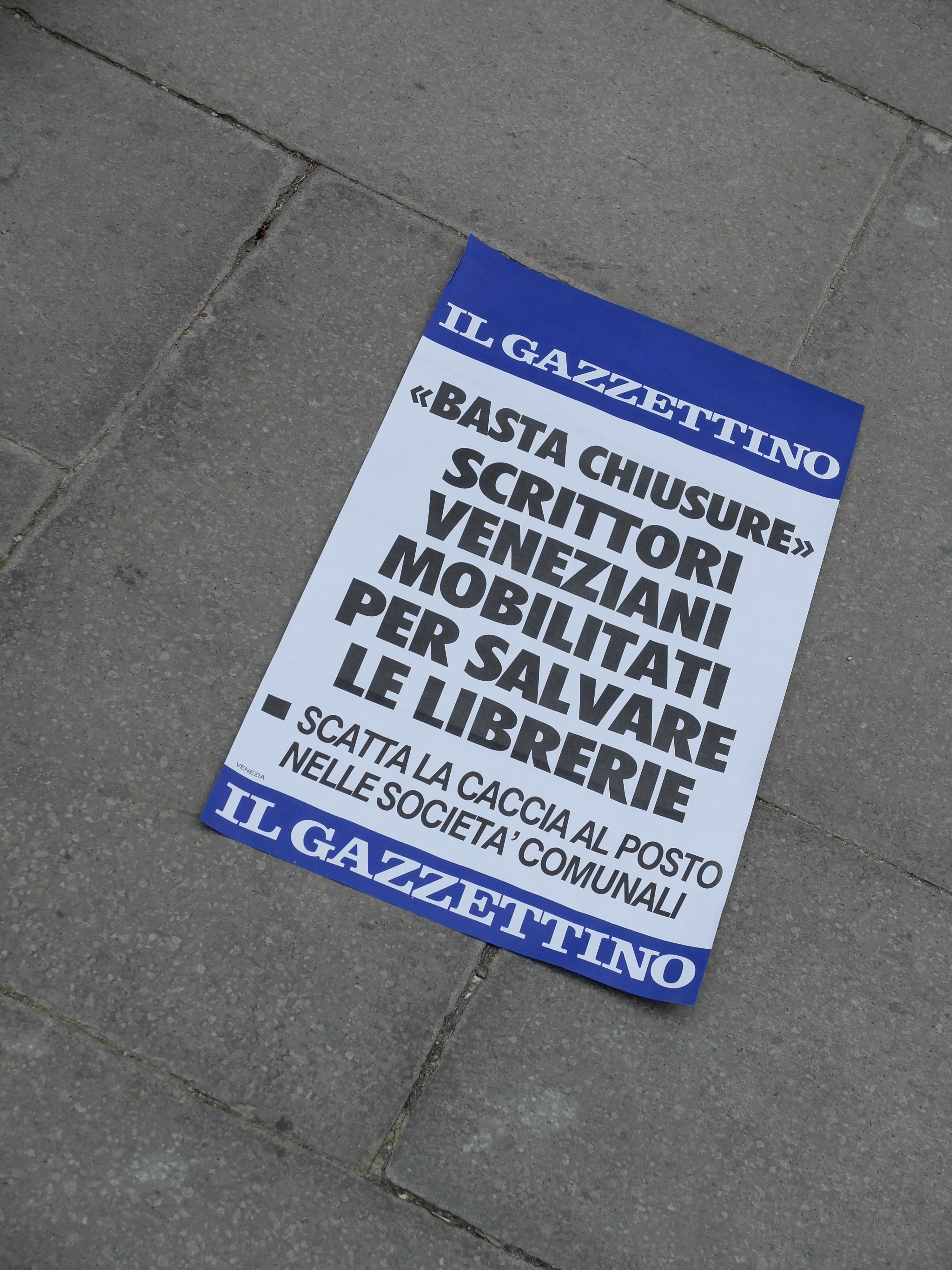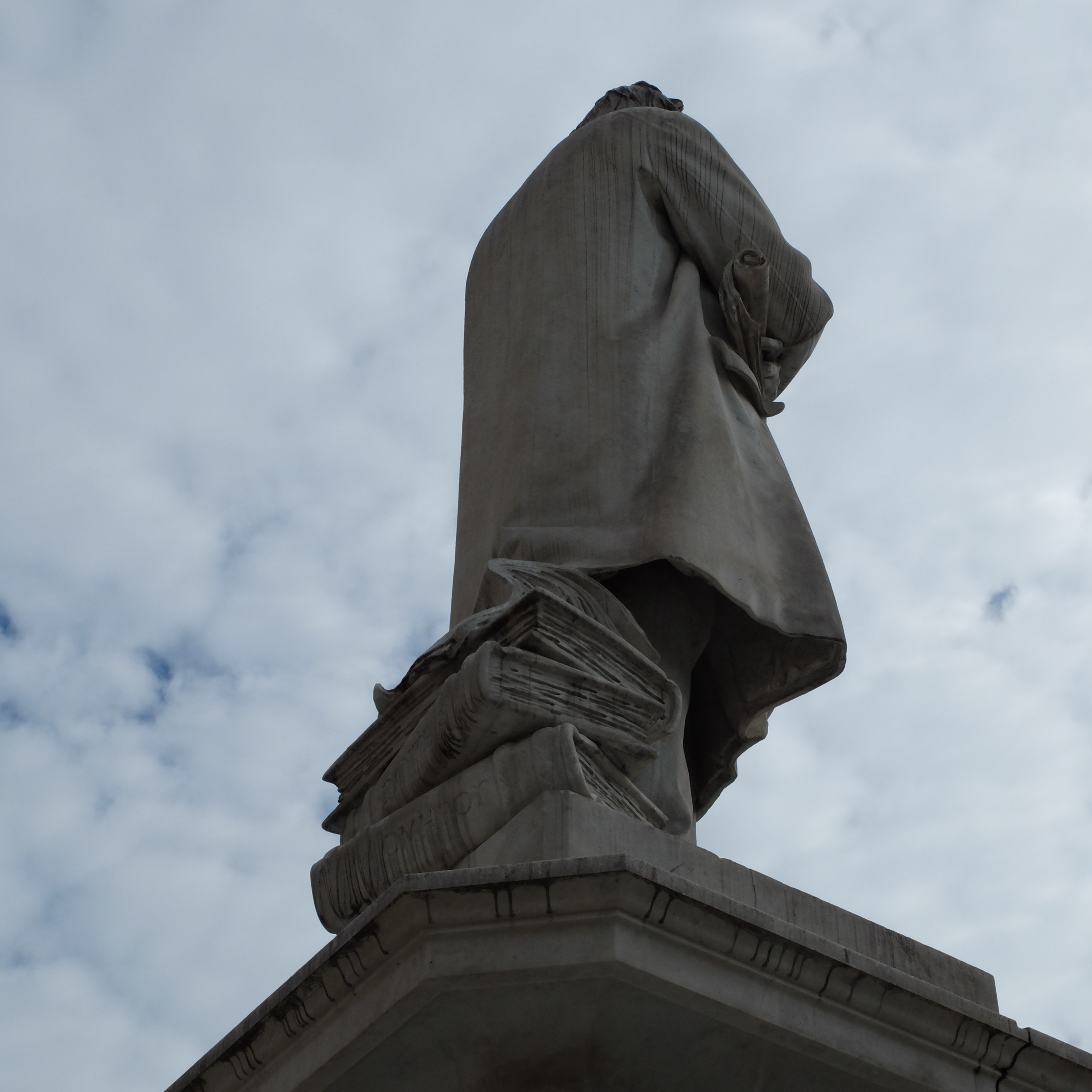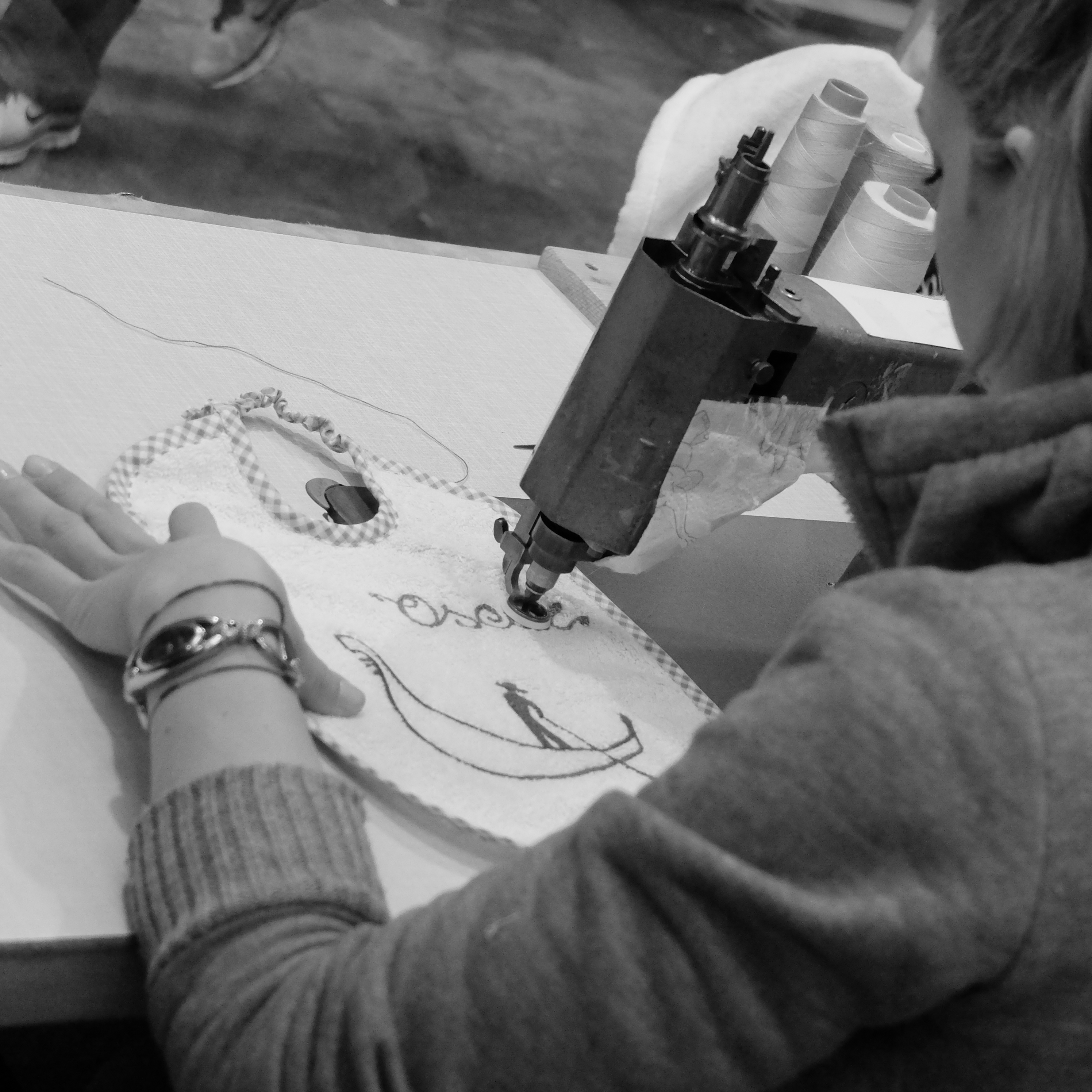On Tuesday 4 June 2013, Cambridge University Library will be holding its 9th masterclass as part of the Incunabula Project.
The masterclass, entitled “Hand Illumination on Venetian Incunabula in Cambridge University Library”, will be led by Lilian Armstrong, Mildred Lane Kemper Professor of Art at Wellesley College, Emerita, and a leading authority in the History of Italian Illumination. Her research concentrates in particular on book decoration in Venice in the second half of the 15th century, following the invention of printing with movable type.
With the help of treasures from the incunabula collection in the University Library, Professor Armostrong will illustrate the development of Venetian book ornamentation and its transition from hand painted decoration to woodcut illustration in the late 15th and early 16th century.
The seminar will be held in the Keynes Room at the Library. It will start at 2.30pm and will last approximately 90 minutes, allowing time for questions and discussion. Attendance will be limited in order to allow all attendees a chance to see the books under discussion up close, and to participate in the discussion.
To book your place, please email <incunabula@lib.cam.ac.uk> For more information, please visit <https://inc.blog.lib.cam.ac.uk/> <http://www.lib.cam.ac.uk/deptserv/rarebooks/incunabula_project.html>
